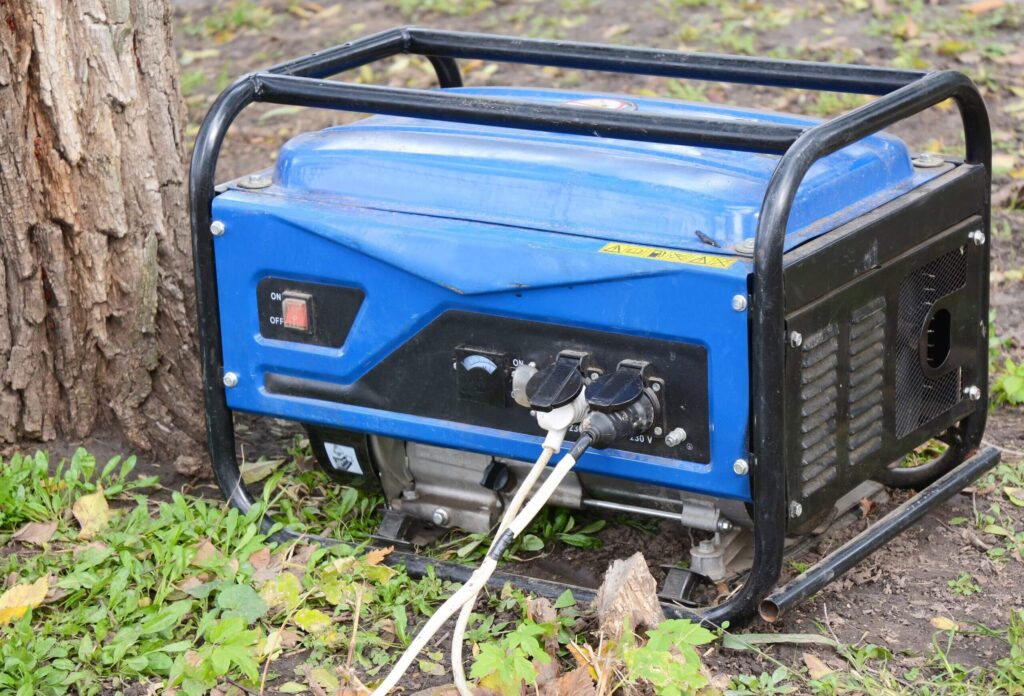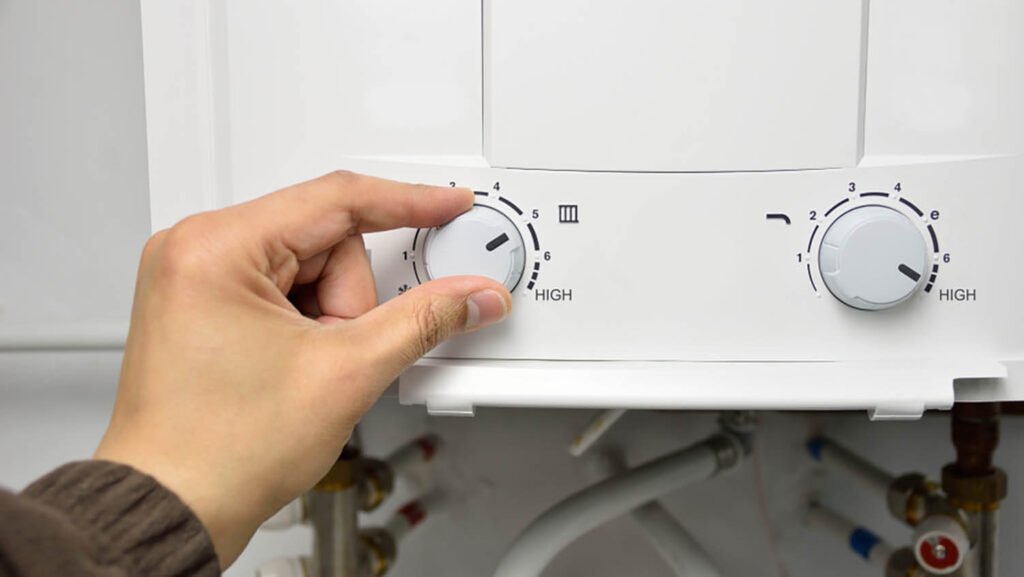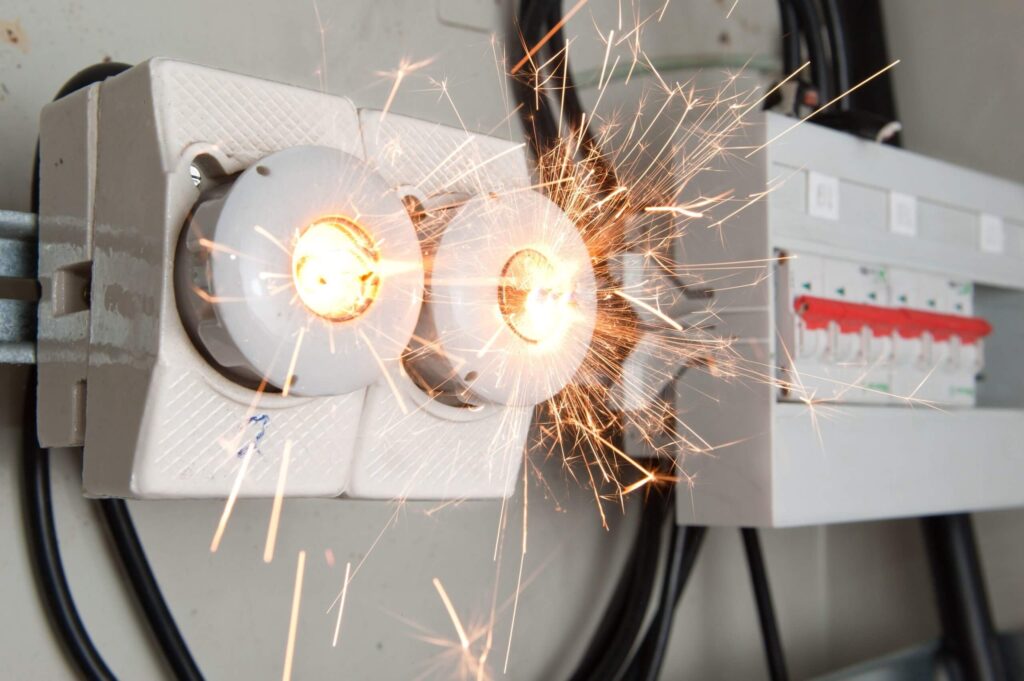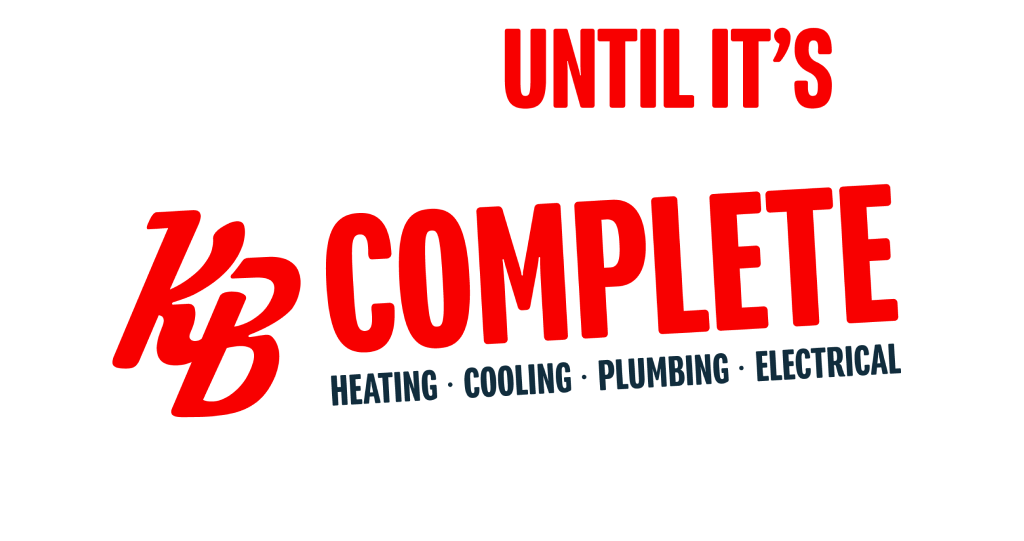Buying a Generator: What Do I Need to Know

Buying a generator can be complicated if you don’t know what you’re looking for, and you run the risk of getting a system that won’t do what you need it to do. Different types of emergency power generators work for different things. With a little research and answers to a couple of questions, you can […]
Accessories to Consider for Your Automatic Backup Generator Purchase

Whether you’re in the shop for a new automatic backup generator or you’re a seasoned owner of a reliable, considering a few helpful accessories can save you from potential headache later down the line. Accessories that locate online will range from pure-maintenance use to pure-aesthetic purpose, so figuring out exactly what you desire/ are looking […]
What to Look for During a Home Plumbing Inspection

Your plumbing is something you tend to take for granted – until something goes wrong. When that happens, you realize just how dependent you are upon properly performing plumbing. It is more than a little inconvenient when your toilet won’t flush or you turn on your faucet and only a trickle comes out, but your […]
Where to Put Your Water Heater?

When it comes to installing your water heater, the old cliche rings true: location location location. You may not think the exact positioning of your water heater matters all that much, but it absolutely does. An improperly placed heater can reduce the effectiveness of your system. Read on for some quick and easy tips about […]
Electrical Safety Tips You Need To Know

In the U.S., we are addicted to our electricity–it allows us to read, work and play after dark, provides power to time-saving appliances, and (most importantly!) powers our personal electronics such as phones and tablets. However, electricity deserves a great deal of respect and careful treatment to ensure that your home isn’t subject to dangerous […]
8 Most Common Electrical Code Violations

Many confident homeowners take the DIY electrical plunge thinking it can’t be that difficult to install wiring into outlets and breaker boxes. Although they may accomplish their goal of powering their home, that great feeling of “I did it all by myself!” is often short-lived and wrought with consequences, such as unsafe wiring, reduce property […]

